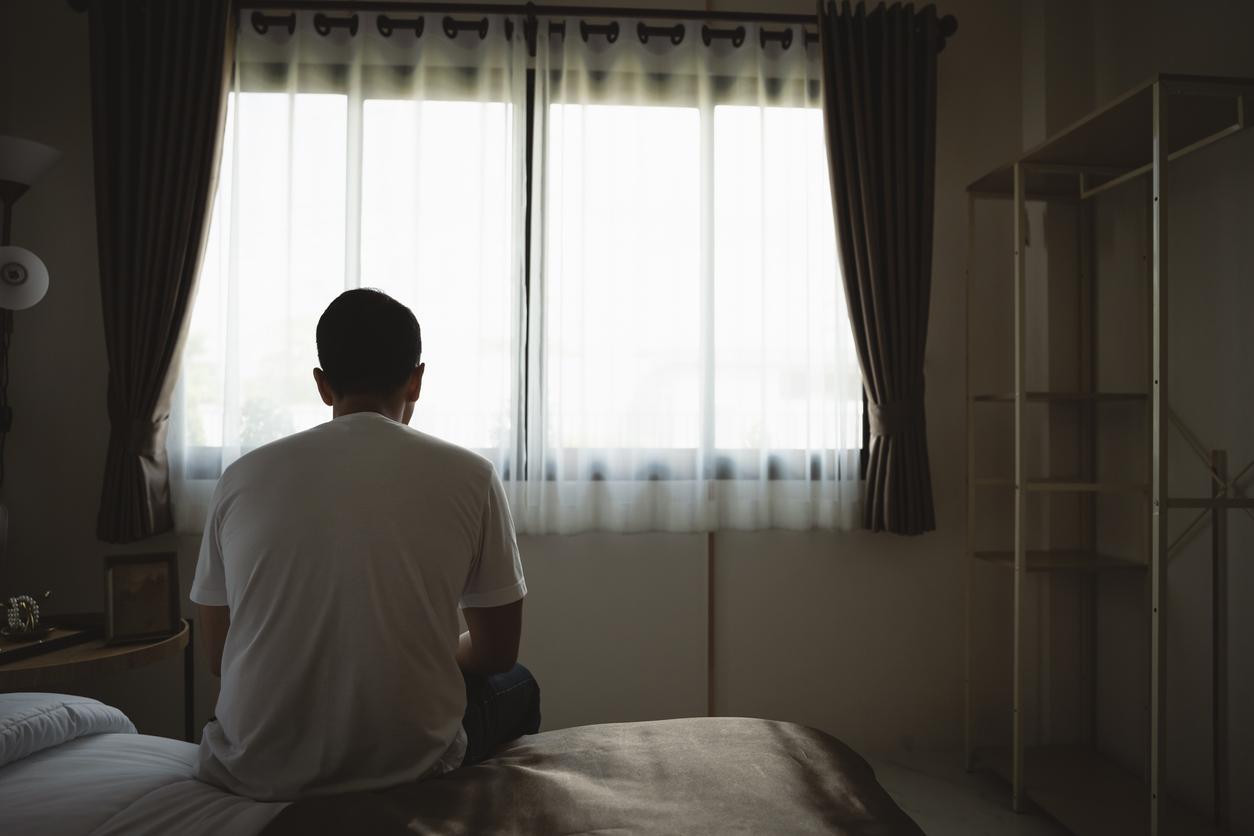The negative bias with which people with depression process information would disappear with the symptoms of the disease.

More than 300 million people suffer from depression in the world, an increase of more than 18% from 2005 to 2015. Many experts are therefore working to try to cure this evil of the century and studies are multiplying on the subject. Whereas several works showed that people with depression remembered negative words better and identified sad facial expressions more than others, Finnish researchers tried to understand whether this negative bias in the processing of emotional information occurs automatically and whether the results changed over time. According to the results of their study published in the journal Biological Psychologythis negative bias would disappear with the depressive symptoms.
“It is important to study the automatic (information) processing phase because the brain is constantly encoding stimuli that are outside of conscious attention”, explains Elisa Ruohonen, doctoral student at the University of Jyväskylä , Finland in the preamble of the article.
For their study, the researchers recruited an equal number of people with and without depression. They showed them various facial expression images on a screen while asking them to pay attention to the audiobook passing through the room. To make sure they were listening to the story while watching the screen, they asked them questions about the story. At the same time, they recorded their brain’s electrical responses.
More meaningful brain responses to sad expressions
Unsurprisingly, the scientists were thus able to observe that people suffering from depression had a more significant brain response to sad expressions than to neutral expressions. “The results indicate that depression-related bias in processing sad facial expressions is already present in the early, automatic phase of information processing,” Ruohonen says.
After the initial test, the scientists followed the “depressed” group two months and 39 months later, measuring brain responses each time. Two months after the first experiment, about half of the participants with depression had taken a short course of cognitive-behavioral therapy (CBT). After 39 months, all had received this treatment.
CBT is a brief, scientifically validated therapy that focuses on the interactions between thoughts, emotions and behaviors. It focuses on the patient’s current problems while taking into account his past and helps him identify the mechanisms at the origin of his difficulties in order to experiment with new behaviors. The goal is to push the person to gradually get out of the vicious circles in which they were locked up.
Is negative bais a cause or a symptom of depression?
By following the participants over the long term, the researchers were able to observe that the negative bias was not permanent and that it could decrease when the depressive symptoms subsided.
“Long-term follow-up studies provide important insights, because many studies of treatment effects only look at short-term outcomes,” Ruohonen says. However, although this is a long-term study, researchers still don’t know if the bais being studied “is a cause or a symptom of depression.”
“One of the aims of the study could be to determine whether depressed participants who have a more marked negative bias benefit from a treatment that specifically targets this bias”, continues the researcher. “We seek to find markers of brain response that could be used to predict response to treatment (…) It is important to take into account the heterogeneity of depression and individual factors that could affect response to treatment”, she concludes.
Nine unmistakable symptoms
In France, between 2010 and 2017, the incidence of depression would have increased by two points, particularly affecting women, those under 45 and the most precarious, according to a report published a year ago.
To find out if you or someone close to you is suffering from this ailment, there are nine clinical symptoms to refer to: a continuous feeling of sadness, loss of interest and pleasure, immense fatigue, disturbances in appetite and a change in weight, dark or suicidal thoughts, difficulty concentrating and remembering, an excessive or inappropriate feeling of worthlessness and guilt, physical disorders (sales pain, loss of sexual desire, etc.) and a slowing down psychomotor.
For patients who have between five and seven of these symptoms, the depression is considered mild to moderate. Beyond eight, it is said to be severe. In any case, if you notice at least two of these signs, do not wait to consult a doctor: the latter will be able to diagnose and evaluate your depressive disorder and provide the appropriate treatment.

.















